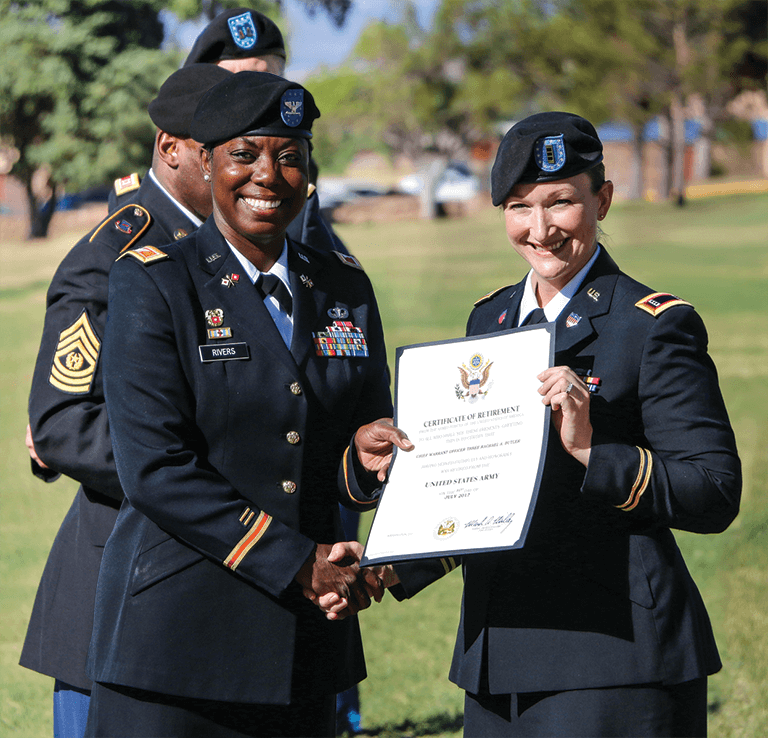If you serve in the active component of the armed forces for 20 years or more, are a member of the Reserve component with the equivalent of 20 years of service, or have a qualifying medical disability, you’re eligible for a lifetime government pension when you retire.
The income you receive depends on your retirement pay base and your length of service—common factors in calculating a defined benefit pension. In addition, you’re entitled to a cost of living adjustment (COLA) in years when rising inflation triggers more than a minimal increase in the Consumer Price Index (CPI).
Unlike civilian pension payments, which typically don’t begin before you reach a specific age, such as 65, military pension payments begin as soon as you leave the service. There is an exception, though. Reserve members are generally not eligible to receive their pensions until they turn 60, regardless of the age at which they retire.
